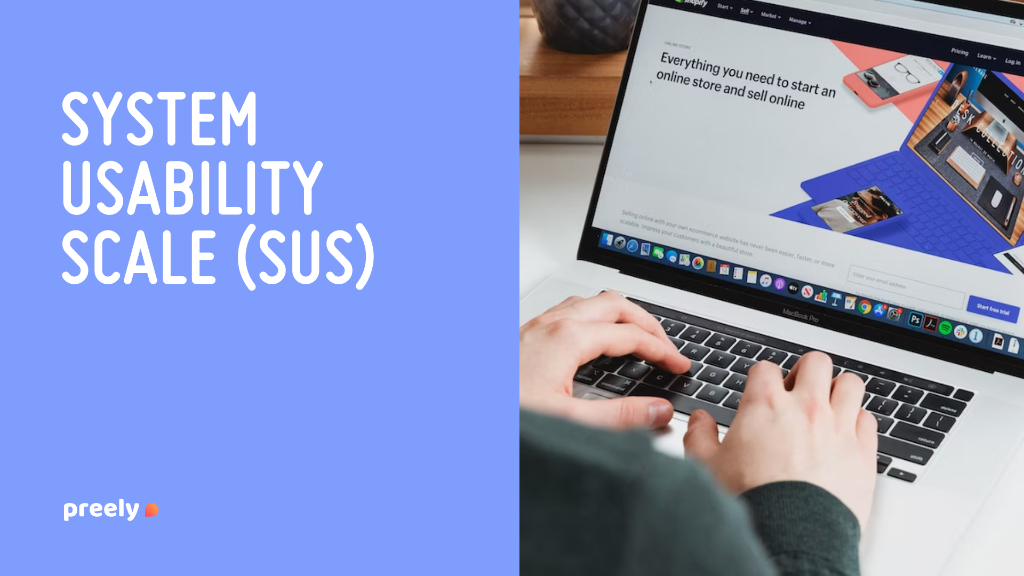In Blog, Design & Product, User panel and feedback
Post-task questions and the Single Ease Question (SEQ)

One thing is to ask questions after the test is finished. Another thing is to do it after each task.
It can be a very good idea to add post-task questions to your test design. This way you collect as many self-reported metrics as possible. Asking your participant the same question(s) after each task can be a good idea. This gives you the opportunity of comparing which areas of your concept, product, or flows are perceived most difficult. Doing it right after each task will give you a snapshot of your participant’s attitude towards the experience, without being colored by other tasks. You can add an open-ended question if you want more qualitative insights. However, adding questions and using ratings as answer type makes the analysis fast and easy.
Single Ease Question (SEQ)
An easy way to ask post-task questions is by asking about ease of use. It can be as simple as using the ‘Single Ease Question’ (SEQ), which is now part of the Preely platform. An SEQ is a semantic differential scale question, where the question is ‘Overall, the task was?’ The answer is given on a seven-point scale from very difficult to very easy.
The SEQ is simple to use and interpret. According to MeasuringU the average response is between 5.3 and 5.6. This helps you determine what is perceived as easy by your participants and what is not. And remember, it’s always a good idea to add a follow-up question to the SEQ and ask why they gave this rating.
Try to keep the number of post-test questions at a minimum. This way they do not interfere too much with the test and tire out your participants.
If you want to dig deeper into the SEQ and how it e.g. can be used for estimations, MeasuringU has a great article , which is a great place to start.











